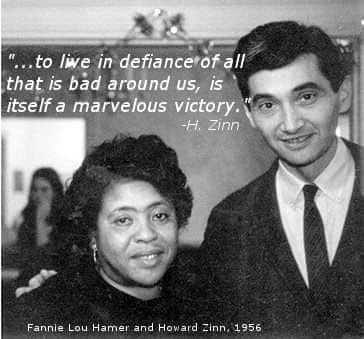Harry Targ
(a repost)
And
at college after college in recent years, students have rallied to block
appearances by speakers whose views don’t jibe with current campus orthodoxy.
Most of those speakers are conservatives. (Rem Rieder,
“Campuses Need First Amendment Training,” USA
Today-Journal and Courier, November 29, 2015, 8B).
Stories about academic freedom and free speech have
been appearing in newspapers more frequently over the last few weeks. And
curiously enough political actors on and off campus who traditionally have been
least likely to be concerned about these subjects are becoming its major
advocates.
Historically, universities, like most institutions
in society, have been designed by and served the interests of the dominant
powers. Higher education in the United States from the seventeenth century
until the civil war educated theologians and lawyers to take leading positions
in the political and economic system. As the nation was transformed by the
industrial revolution, universities became training grounds and research tools
for the rise of modern capitalism. Young people, to advance the needs of a
modern economic system, were educated to be scientists, engineers, mathematicians,
and managers. Economists were produced to develop theories that justified the
essential features of capitalism.
After the rise of the United States as a world power
in the 1890s, higher education increasingly included studies of international relations,
weapons systems, and the particular mission of powerful nations in the world. In sum, the historical function of the American
university since the 1860s has been to mobilize knowledge and trained personnel
to service a modern economy and a global political power.
The conception of the university articulated by
intellectuals through the centuries, however, also implied an intellectual
space where ideas about scientific truths, engineering possibilities, ethical
systems, the products of culture, and societal ideals would be discussed and
debated. During various periods in United States history, during and after the
Spanish-American War, the Progressive era, World War I and its aftermath, the
Great Depression, and the Vietnam War era, for example, the university became
the site for intellectual contestation. But during most periods of United
States history unpopular ideas introduced in the academy by faculty or students
were subject to repression, firings of faculty, and expulsion of students. This
was particularly true during World War I and the depths of the Cold War in the 1940s and 1950s.
It was out of the many forms of repression that
faculty and student associations advocated for the idea of academic freedom.
Articulated by philosopher John Dewey early in the twentieth century and
formalized by the American Association of University Professors (AAUP), the
principle, not the practice, was enshrined in official statements by both
university administrators and faculty.
Despite the broadly endorsed tradition faculty were
purged from universities during the 1940s and 1950s, not primarily because of
their teaching and research activities, but because of alleged political
associations off campus. Others were fired or did not have contracts renewed
because their teaching and research challenged reigning orthodoxies about
economics, politics, and war and peace. In the 1960s, universities sought to
restrict the free speech rights of students as well.
For a time as a result of the tumult of the 1960s,
universities began to provide more space for competing ideas, theories,
approaches to education, and allowed for some discussion of fundamental
societal problems including class exploitation, racism, sexism, homophobia, and
long-term environmental devastation.
But by the 1990s, reaction against the expanded
meaning of academic freedom set in. The National Association of Scholars was
created by political conservatives to challenge the new openness in scholarship
and debate on campus. Right-wing foundations funded David Horowitz to launch a
systematic attack on faculty deemed “dangerous.” Horowitz unsuccessfully tried
to organize students to lobby state legislators to establish rules impinging on
university prerogatives as to hiring of faculty and curricula. Politicians
targeted scholars deemed most threatening including such noted researchers and
teachers as Howard Zinn, William Ayres, Ward Churchill, and Judith Butler. The
attacks of the last decade were based more on the ideas which “dangerous”
professors articulated than their associations.
Since the upsurge in police violence against African
Americans and terrorist attacks on Planned Parenthood, and rising Islamophobia
and homophobia, a new generation of student activists has emerged challenging
violence, racism, sexism, and homophobia. Students have protested against police
shootings everywhere and they have linked the general increase in violence and
racism to the indignities they suffer on their own campuses.
In response to the events at the University of
Missouri, student activists around the country have brought demands to
administrators challenging the many manifestations of racism and other
indignities experienced at their schools. The response at almost all colleges
and universities has not been to address the demands raised by students but
instead to change the discourse from the
original issues to the protection of academic freedom and free speech. In
other words, university administrators and media pundits, as the quote above
suggests, have swept student complaints under the rug and have used the
time-honored defense of academic freedom and free speech to ignore the reality
of racism, sexism, and homophobia. The defense of free speech has become a
smokescreen.
Academic freedom and free speech must be defended.
But it must be understood that today those who most loudly defend them are
doing so to avoid addressing the critical issues around class, race, gender,
homophobia, and violence that grip the nation and the world.
(For a more detailed rendition of political repression
in higher education see Harry Targ, “Red Scares in Higher Education:
Reinventing the Narrative of Academic Freedom,” www.heartlandradical.blogspot.com,
May 21, 2015.)



